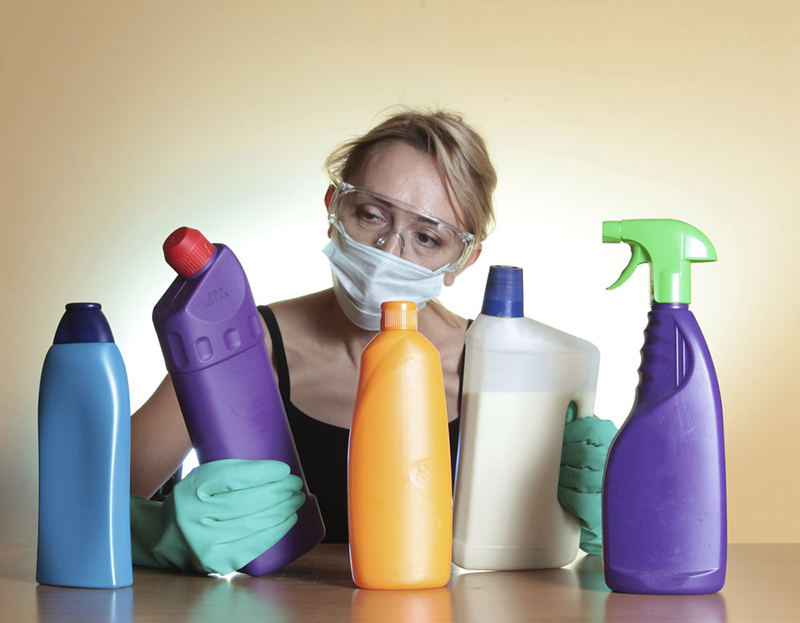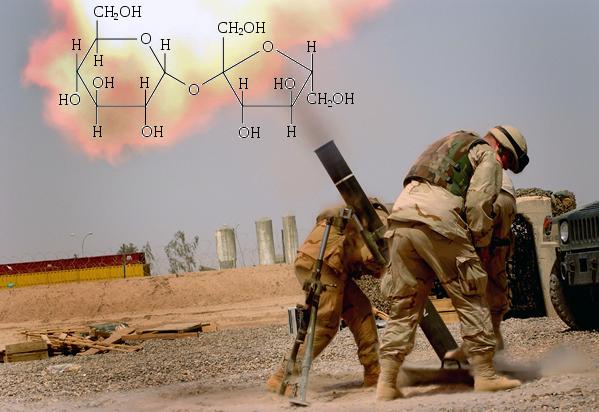After a long day of work or school, it’s important to take care of yourself before bed.
Taking care of yourself at night ensures that you wake up feeling refreshed and ready to tackle the day ahead. Here are some tips on how to take care of yourself at night:
Take Care of Your Skin

Taking care of your skin is an essential part of self-care. Before bed, make sure you remove your makeup and cleanse your face thoroughly. Apply a moisturizer that suits your skin type to keep it hydrated and prevent wrinkles and other skin problems. Don’t forget to use an exfoliating soap for the perfect beauty routine!
Unplug and Disconnect

We are constantly connected to our smartphones, laptops, and other devices. Before you go to bed, switch off all electronic devices or keep them away from your bedroom to ensure a peaceful and restful sleep. The blue light from electronic devices can disrupt our circadian rhythms and affect the quality of our sleep.
Create a Relaxing Environment
Your bedroom should be a peaceful and relaxing environment that promotes restful sleep. Make sure your room is dark, cool, and quiet. Use comfortable bedding and pillows that support your neck and spine. You can also use aromatherapy candles or diffusers to create a calming ambiance that helps you relax.
Practice Good Sleep Hygiene
Good sleep hygiene is essential for a good night’s sleep. Make sure you stick to a regular sleep schedule and go to bed and wake up at the same time every day. Avoid caffeine, alcohol, and heavy meals before bedtime as they can interfere with your sleep quality. Also, try to establish a bedtime routine that helps you unwind and relax, such as reading a book, taking a warm bath, or meditating.

Do Relaxing Activities
Engage in relaxing activities before bed to calm your mind and promote a restful sleep. You can try reading a book, listening to calming music, practicing yoga or meditation, or taking a warm bath. These activities help reduce stress and anxiety, which can interfere with your sleep quality.
In conclusion, taking care of yourself at night is crucial for your overall health and well-being. By following these tips, you can create a peaceful and relaxing environment that promotes restful sleep and helps you wake up feeling refreshed and energized. For the Silo, Bill Gordon.






